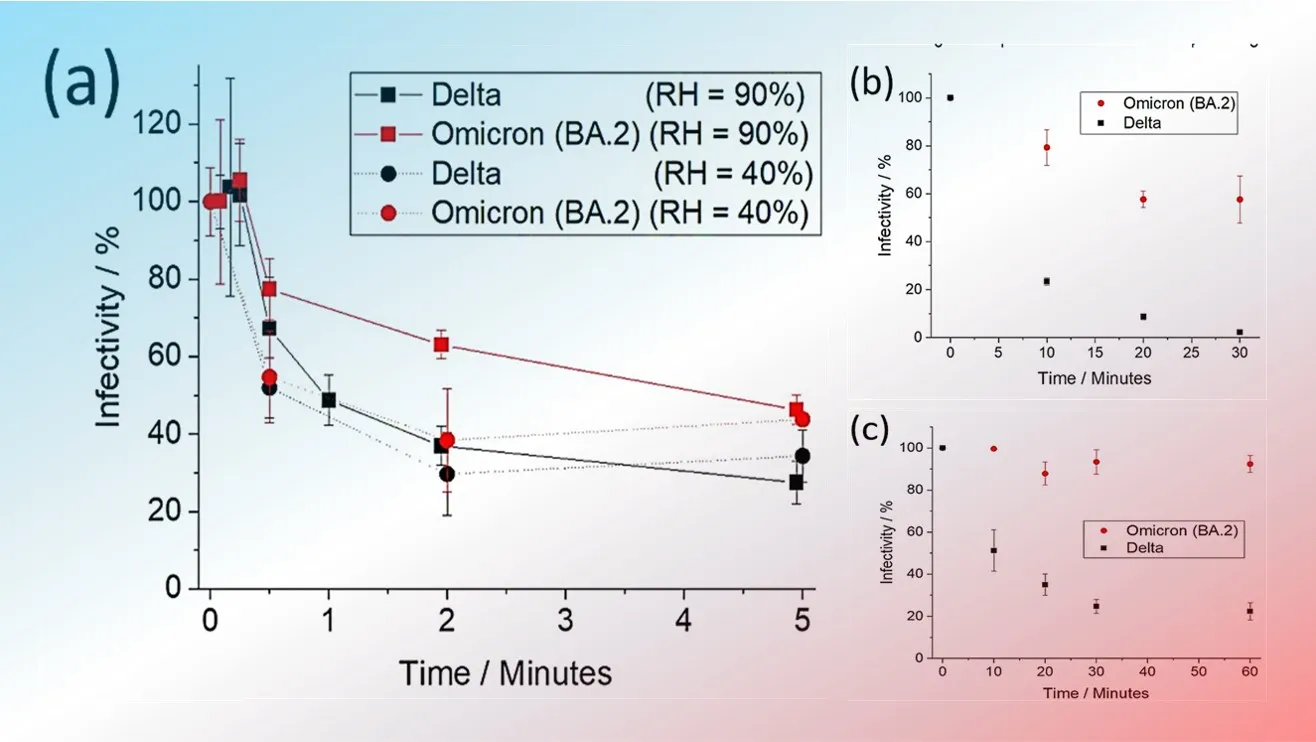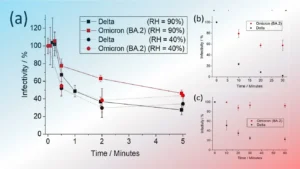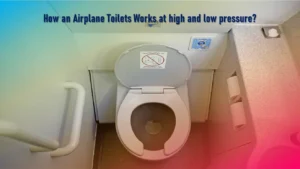This article on CO2 Levels Impact the Survival of SARS-CoV-2 Variants with Understanding Airborne Transmission, The Influence of CO2 Levels and Implications for Future Pandemics.
In a groundbreaking study published in Nature Communications, researchers from the University of Bristol have unveiled a crucial connection between carbon dioxide (CO2) levels and the longevity of SARS-CoV-2 variants suspended in the air.
Led by Dr. Allen Haddrell, Senior Research Associate in Aerosol Science, the team’s findings shed light on the intricate mechanisms behind virus transmission and offer profound insights into potential mitigation strategies.
Understanding Airborne Transmission
The research underscores the pivotal role of aerosols in viral spread, particularly in poorly ventilated spaces. While the concept of airborne transmission has been well-established, this study delves deeper into the impact of CO2 on virus survival.
By utilizing innovative bioaerosol technology dubbed CELEBS (Controlled Electrodynamic Levitation and Extraction of Bioaerosols onto a Substrate), the researchers were able to simulate real-world conditions and measure the aerostability of different SARS-CoV-2 variants.
The Influence of CO2 Levels
One of the key revelations of the study is the correlation between increasing CO2 concentrations and the prolonged survival of airborne viruses. Even at levels deemed “well-ventilated,” a mere increase in CO2 to 800 ppm significantly extended the infectious lifespan of the virus.
Dr. Haddrell highlights how CO2 interacts with exhaled droplets, altering their pH and consequently slowing down the inactivation rate of the virus. This phenomenon not only underscores the importance of proper ventilation but also hints at the potential exacerbation of transmission risks as atmospheric CO2 levels continue to rise.
Implications for Future Pandemics
Looking ahead, the implications of these findings extend beyond the current COVID-19 crisis. As CO2 concentrations in the atmosphere are projected to surpass 700 ppm by the end of the century, there’s a pressing need to comprehend how environmental changes may influence the transmission of respiratory viruses.
Dr. Haddrell warns that elevated CO2 levels could potentially increase the transmissibility of other respiratory viruses, amplifying the risk of future pandemics.
Mitigation Strategies and Future Research
Co-author Professor Jonathan Reid emphasizes the significance of these findings in informing mitigation strategies that could save lives in any future pandemic. From opening windows to enhance ventilation to exploring novel technologies for air purification, understanding the interplay between CO2 levels and viral transmission is crucial for safeguarding public health.
Conclusion
The University of Bristol‘s research represents a pivotal step forward in unraveling the complexities of airborne virus transmission. By illuminating the role of CO2 in prolonging the survival of SARS-CoV-2 variants, the study underscores the urgency of addressing ventilation and atmospheric CO2 levels to mitigate transmission risks.
As we navigate the challenges of the current pandemic and prepare for future outbreaks, these insights provide a valuable foundation for informed public health policies and interventions.
Also Read:
The Ongoing Threat to Antarctic Ecosystems by Ozone Layer Depletion
What is Recombinant DNA Technology ? Applications of rDNA Technology











